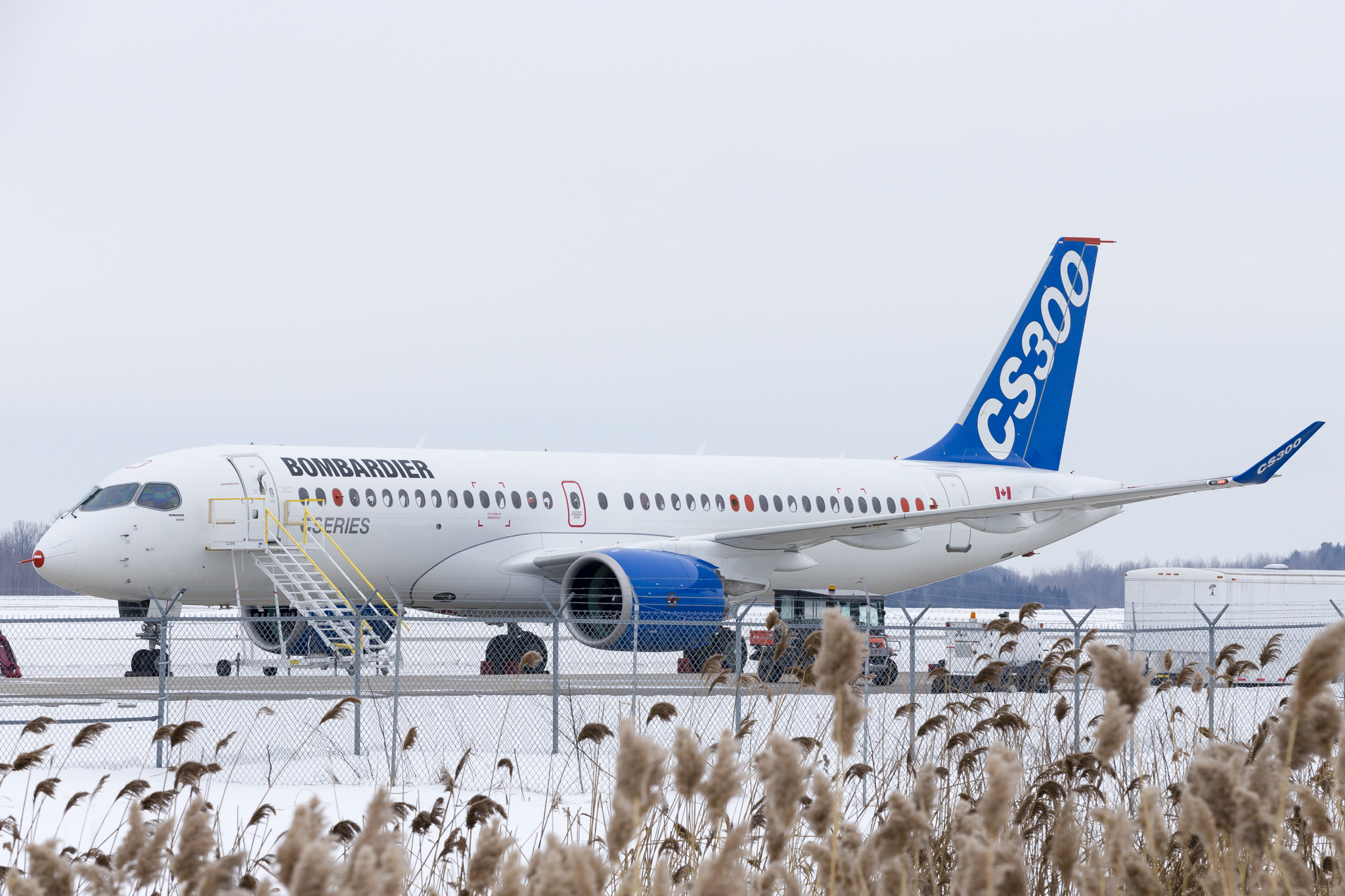Leeham News and Analysis
There's more to real news than a news release.
2030 decade airplanes need new shapes for better efficiency
Subscription Required.
Now open to all readers.
Introduction
April 6, 2015, c. Leeham Co. The next 15 years may well be the last new airplane programs of major airliners that look like today’s tube-and-wing aircraft because demands for new efficiency will require go beyond what engines can do within a reasonable size, says Alan Epstein, VP of technology and environment at Pratt & Whitney.
- Part 1 of our interview with Alan Epstein looked at the next new airplane, the Middle of the Market aircraft (MOM). Today’s Part 2 looks beyond MOM (and it’s not DAD).
Major changes to the airframe will have to provide added efficiency gains in combination with new and evolving technology from today’s engines.
The next new airplane, the so-called Middle of the Market (MOM) aircraft, will look like today’s airplanes. The next plane after that, the replacements for the Airbus A320 and Boeing 737 families, will probably be the last iterations of the planes of today. After that, new designs are likely to emerge, Epstein says.
Summary
- Tomorrow’s airplanes need to revise the fuselage design to increase efficiency.
- Airplanes after 2030 may look different than the tube-and-wing configurations of the past decades.
- Four engine airplanes may make a return.
Pratt & Whitney looks to MOM and beyond-Part 1
Subscription Required.
Introduction
April 2, 2015, c. Leeham Co.: Even as Pratt & Whitney prepares for the entry-into-service of its new
Alan Epstein, vice president of technology and environment, Pratt & Whitney
Geared Turbo Fan engine on the Airbus A320neo, it’s looking ahead to the most likely all new airplane that could be launched as early as 2018 with an EIS in 2025: the Middle of the Market (MOM) airplane, also most popularly known the as Boeing 757 replacement.
Except that this new airplane really isn’t a 757 replacement, but one that is more accurately a replacement for the Boeing 767-200 or the Airbus A300: a twin aisle, 250 passenger airplane with 4,000nm-5,000nm range.
Alan Epstein, vice president of technology and environment for Pratt & Whitney, believe a derivative of the GTF will be on this new airplane.
Summary
- The next new airplane will be lighter and capable of using smaller engines than those used on the 767-200 and A300.
- The MOM will look much like today’s tube-and-wing airplanes.
- The GTF by then will be 8%-10% more efficient than today’s GTF.
- Geared engines will become more common.
Pratt & Whitney: material considerations in next generation of engines
April 1, 2015:
- Panel discussion on Manufacturing and Product Technology at the Pratt & Whitney Media Days.
Ed Colvin (EC), VP, New Product Development and Introduction, Alcoa
Lynn Gambrill (LG), PW Chief Engineer, Manufacturing Engineering and Global Services.
Frank Preli (FP), PW Chief Engineer, Materials and Processes Engineering.
Jimmy Kenyon (JK), PW next-generation fighter engine general manager.
JK: We are seeing years of investment and technology starting to deliver new products and technology to the market (referring to the GTF): double digit fuel efficiency, 75% noise reduction. 20 years of technology investment. There are advancements in the engine core. At same time ramping up F35 engine. This is the world’s most powerful fighter engine but at the same time can adapt to vertical takeoff and landing. Read more
Pratt & Whitney at inflection point
April 1, 2015:
- We’re at the Pratt & Whitney Media Days today and tomorrow. We’ll be posting running information in our usual format of paraphrased synopses for such events.
This is PW’s 90th year.
Panel Discussion: “Big Data”
Lynn Fraga (LF), analytics manager in PW Services Group.
Larry Volz (LV), VP and chief information officer.
Matthew Bromberg (MB), president of PW aftermarket unit, providing MRO services, parts customer support.
MB: Big Data is a buzzword in the industry that has mixed connotations and emotions. PW has been in data monitoring business for decades. 13,000 engines have monitoring systems. We are accelerating and doubling down on a challenging path going forward. Read more





